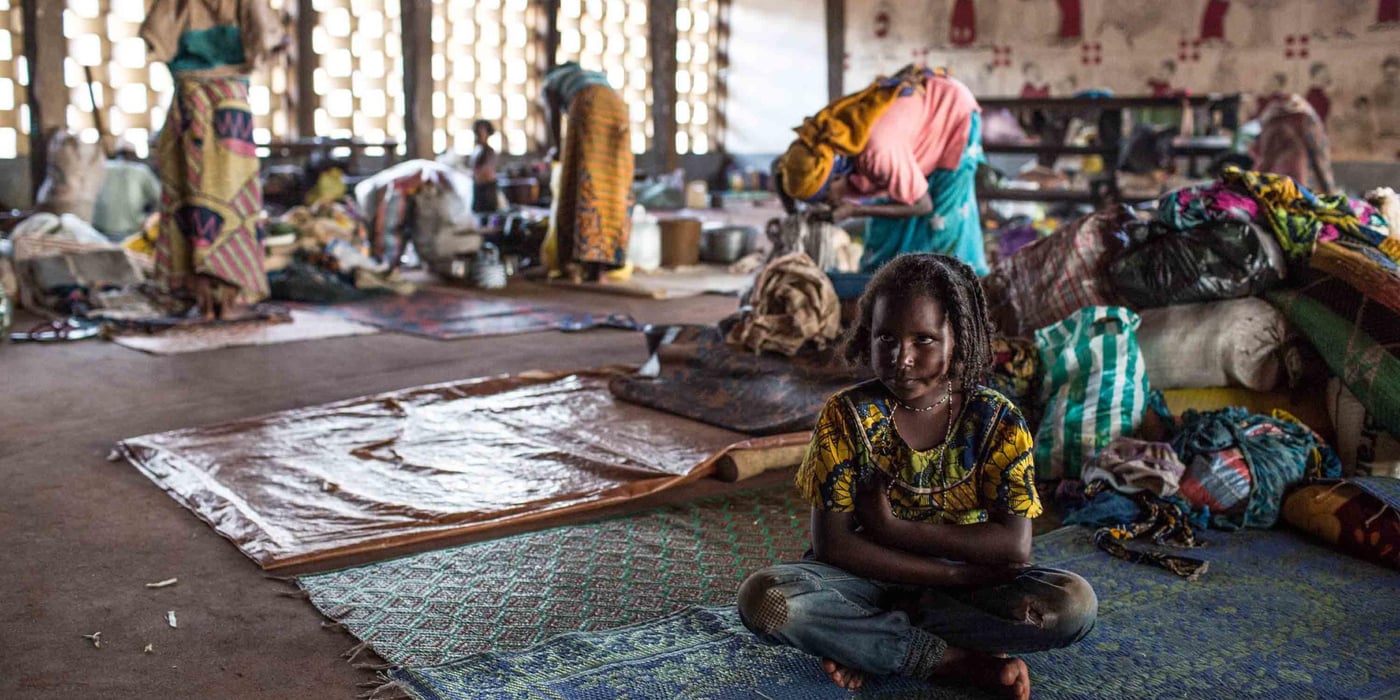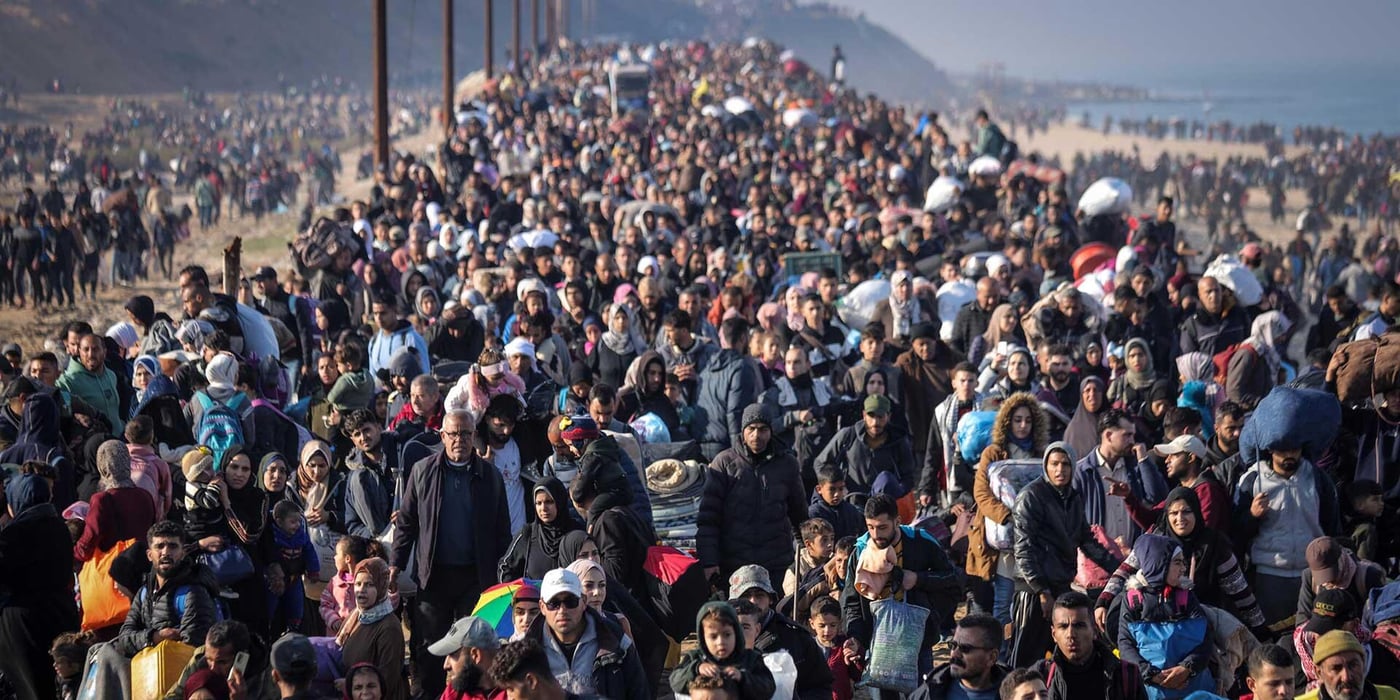
Although the level of hunger in developing countries has fallen by 27 percent since 2000, and 17 countries reduced their hunger scores by at least half since 2000, almost 800 million people still go to bed hungry - many of whom are children. Several countries suffer from a combination of both chronic and acute food insecurity. And despite the improvement seen in recent years, Thomas Ølholm fears that the factual situation actually can become worse.
“The world has been on a good track, but I sense that it has kind of stalled in recent years - new development goals or not. We can over time risk seeing more regional instability, leading to further challenges for people already struggling to make a living.”
Conflicts are strongly associated with hunger according to the recently published report "2015 Global Hunger Index - Armed Conflict and the Challenge of Hunger". In the report by The International Food Policy Research Institute, Welthungerhilfe and Concern, the countries with the highest and worst Global Hunger Index-scores tend to be those engaged in or recently emerged from war. The two worst-scoring countries, Central African Republic and Chad, have both experienced violent conflict and political instability in recent years. The food security for Syrian’s is also of great concern
“It is serious. Inside Syria almost 10 million Syrians are affected by the conflict and in need of food assistance, More than 6 million people are in critical need of food assistance. If their needs cannot be met and neither the basic needs of those residing in neighbouring countries, it can trigger massive migration and lead to new friction and conflict in other affected countries”, Thomas Ølholm says.
In contrast, in Angola, Ethiopia, and Rwanda, hunger levels have fallen substantially since the end of the civil wars of the 1990s and 2000s.
“Chronic food insecurity originates mainly due to inadequate political and economic investment and their systems often collapse due to natural phenomena, or due to conflict disrupting the food system. When this happens combined, the impact is much higher and it kicks in faster with severe impacts in terms of hunger if not prevented or responded to appropriately”, Thomas Ølholm says.
Despite progress in reducing food insecurity worldwide, hunger levels in 52 of 117 countries remain “serious” (44 countries) or “alarming” (8 countries). The Central African Republic, Chad, and Zambia had the highest hunger levels, according to the report. However, some of the world’s poorest countries could not be included in the report due to unavailable data. South Sudan is an example of a country where lack of comprehensive data, prevents proper analysis of the food security situation.
“Most often it is because sufficient reliable information and data from these countries, for example DR Congo and Somalia, is no longer accessible due to conflict that has lasted for decades. The humanitarian agencies do collect data on food security, but they are not necessarily comparable to the statistical date that can be provided by countries not affected by conflict”, Ølholm explains.
The smallest children - those up to 24 months, are first affected by hunger. Worldwide nearly half of all child deaths under age five are due to malnutrition. Malnutrition claims the lives of about 3.1 million children per year. According to Thomas Ølholm the world reacts when there is a famine, but not as much when there is “only” severe or protracted hunger. “It is a common reaction and seems to be engulfed in human nature that we are only affected by a crisis when it starts affecting our personal feelings. We only get reactive when we see misery, starvation and dying.”
The Global Hunger Index report states that between 1870 and 2014, 106 instances of famine and mass starvation each killed 100,000 people or more. Despite a decrease in wars over recent decades, the number of violent conflicts and conflict-related deaths has recently increased from an all-time low in 2006. “Calamitous famines,” those that kill more than one million people, seem to have vanished. “An improvement in Food Security is not only attributed to end of a conflict and people recover their livelihoods. It is equally influenced by political commitments and economical investments. For poor countries donors often play key role in both influencing and supporting such development”, Thomas Ølholm says.
The NRC Food Security Advisor is also concerned about the impact of climate change on food security. “In the longer term it is important to keep in mind what role the weather can have on the food systems and people’s ability to adapt to change in weather patterns, especially in the Sahel region and the neighbouring countries where there are already precautious levels of food insecurity.”



